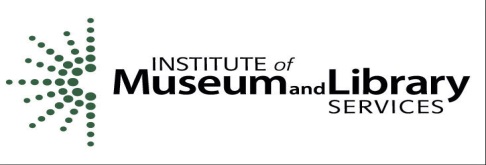There’s no use denying it. We live in the age of digital information. Smart-phones, iPods, iPads, laptops, and many other devices ensure that we are never disconnected, for better or for worse. Everything is becoming digitized in the name of ease, and now many things that were staples of the home have become quaint novelties of a bygone era. And, unfortunately, books seem to be falling into this same trap.
I’ll admit it. I am riding the e-reader bandwagon. I was fortunate to receive an Amazon Kindle for Christmas, and I have to admit, I’m a believer in the digital age. While I don’t feel that the Kindle can replace the feel of a good book in my hands, the ease surrounding the small device cannot be denied. I read three gigantic books over the summer, each close to one thousands pages long, and my back thanked me when it didn’t have to lug around those behemoths everywhere I went.
Of course, this is a Library’s Blog, not a personal one. How are these e-readers going to affect the libraries? Are they also doomed to vanish from this world? How do they keep up with this new technology?
It’s a problem that has already been written off by some. But, as a lot of people know, libraries are no strangers to technology. Instead of shunning e-books, they have embraced the new medium, and are offering a new method of digital book distribution, thanks to something called Overdrive.
Overdrive is basically a fancy way of saying “Online E-Book Library.” And it works just as the same, with few headaches. You go to a special section of the Minuteman Library Website, where a listing of all the digital books are displayed. You can search through them, or display them in a full list. When you find a book you want, you click it, select the format you want it in, and then download it. It’s really that simple, with only a few tweaks depending on your e-reader of choice. You then have the book on your device (or even your laptop!) and can start reading right away.
But they don’t stop at just e-books. They have a large selection of audiobooks as well, along with the potential for videos as well. These are just as easy to obtain, following the same process described above. Select, download, and enjoy.
Of course, there are limitations. Firstly, the selection, while constantly growing, is still limited. It is likely that a book you want just won’t be available, however the library is happily accepting requests. Secondly, the library can only loan out a certain number of copies of most books. Like the physical thing, if someone has the only copy checked out, you have to wait for it to be returned before you can take it. That, and there’s no way for the book to be renewed. After the loan period passes, you have to check the book out again, which is a minor issue, but one that should be noted.
However, there are a number of books that are “available anytime,” as it states on the website. This is exactly what it sounds like; the books can be checked out by an unlimited number of patrons. Of course, these are likely not “best-sellers,” and instead tend to be classics.
With that said, Overdrive is already a great service and only has potential to grow better with time. It’s somewhat limited now, yes, but what is there is very easy to use and surprisingly robust. Once the selection grows, I think it will become a staple of libraries everywhere. Unfortunately, it’s not quite there yet. But, I know if I see a book on there I want, or need for a class, you can bet I’ll be using Overdrive to check it out!





